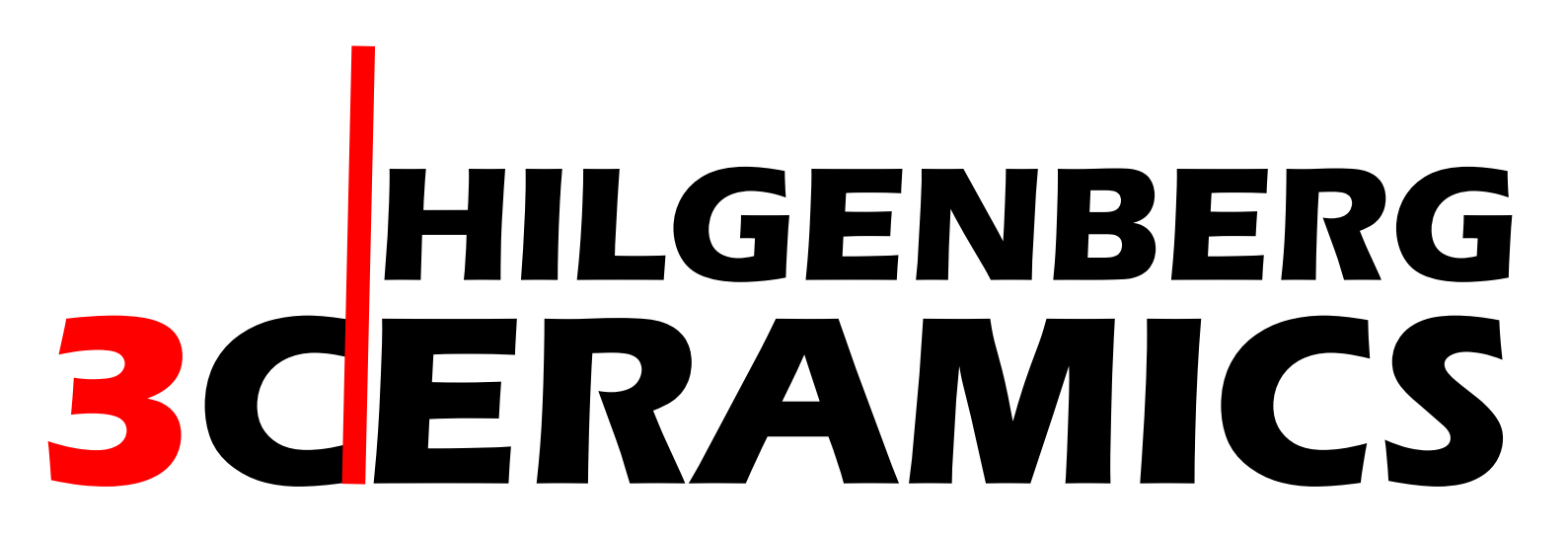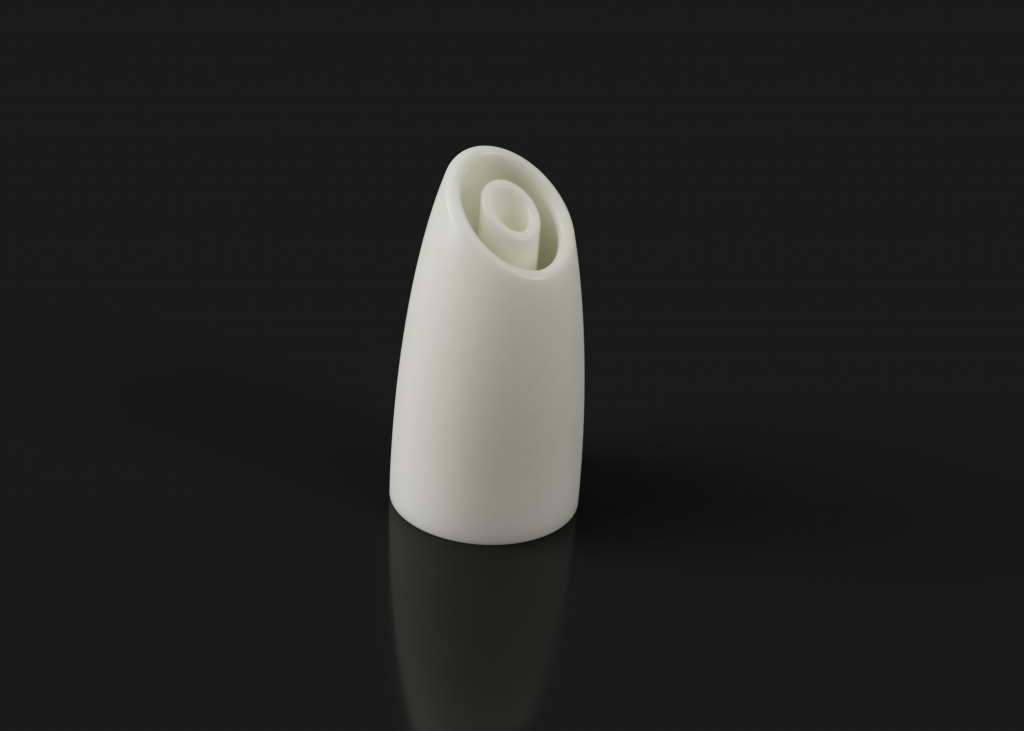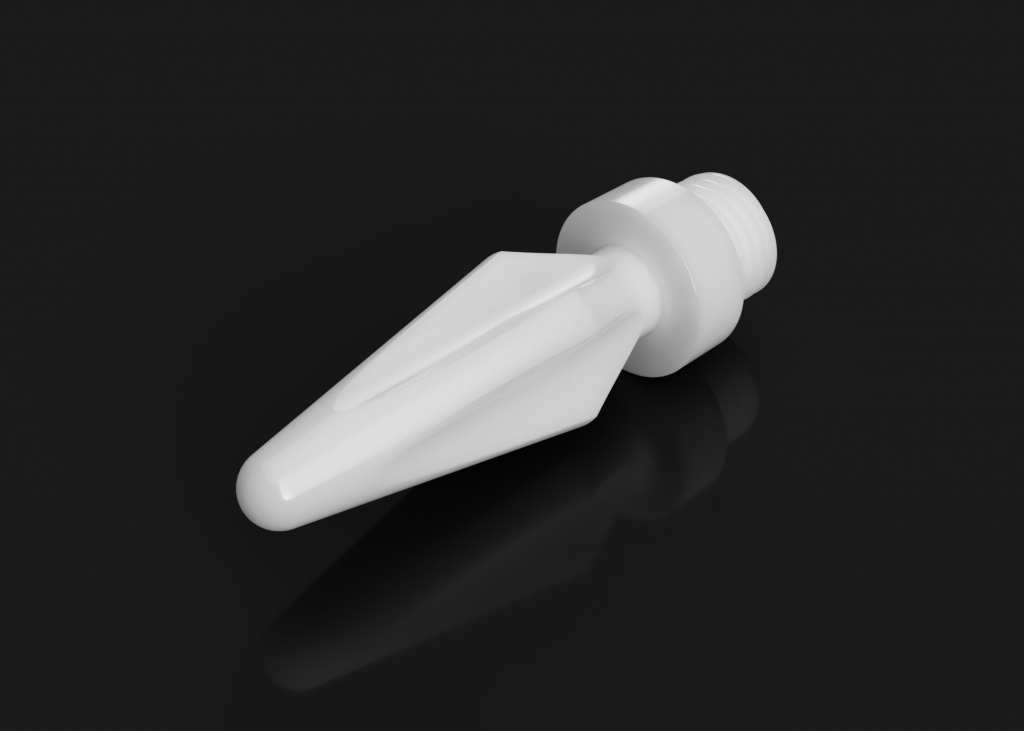The Right Ceramic Material for Your Application
Our Standard Materials for Machining and 3D Printing
- Al₂O₃ – Aluminum Oxide – 99.9% purity
- ZrO₂ – Zirconium Oxide – 3 mol% Yttria-stabilized
- ZTA – Zirconia Toughened Alumina – Hybrid Material of Al₂O₃ and ZrO₂
Understanding Advanced Ceramic Materials
Ceramics
Within materials science, there are three main categories of materials: metals, polymers (also known as organics), and ceramics.
Ceramics represent a group of inorganic, non-metallic materials primarily characterized by their crystalline structure. Thus, although glass is inorganic and non-metallic, it is not classified as a ceramic due to its amorphous (non-crystalline) structure.
“Advanced” Ceramics
Technical ceramics and advanced ceramics are terms that can be used interchangeably. Unlike traditional ceramics, advanced ceramics serve specific technical functions, which may be mechanical, thermo-mechanical, electrical, or opto-electrical in nature. The inherent ceramic properties of these materials provide their primary value, far beyond simple structural applications.
Why Use Ceramic Materials?
Ceramics offer unique capabilities unmatched by metals or polymers. Their specialized properties, such as high-temperature electrical insulation, extreme hardness, chemical inertness, and mechanical strength, make them indispensable for specific high-performance applications.
Comparing Ceramics with Steel
Aluminum Oxide (Al₂O₃)
Aluminum oxide is the most commonly utilized technical ceramic material. With a chemical purity of 99.9%, it is our standard material for ceramic 3D printing and maching.
- Very high hardness
- Exceptional abrasion resistance
- Chemically and biologically inert
- Extremely high operating temperature
- Electrically insulating and non-magnetic
Zirconium Oxide (ZrO₂)
Zirconium oxide (also known as zirconia) is typically chosen for ceramic applications requiring high mechanical strength and toughness, particularly when the performance limits of aluminum oxide are exceeded.
- High hardness
- Excellent wear resistance
- Superior fracture toughness
Zirconia Toughened Alumina (ZTA)
ZTA combines Al₂O₃ and ZrO₂, leveraging the advantages of both ceramics. Predominantly composed of Al₂O₃, ZTA inherits most of its properties, while the ZrO₂ component significantly enhances mechanical strength and toughness.
We offer customized material compositions with our standard formulations of ZTA-5%-ZrO₂ and ZTA-15%-ZrO₂.
- Increased hardness compared to pure alumina
- Intermediate fracture toughness



